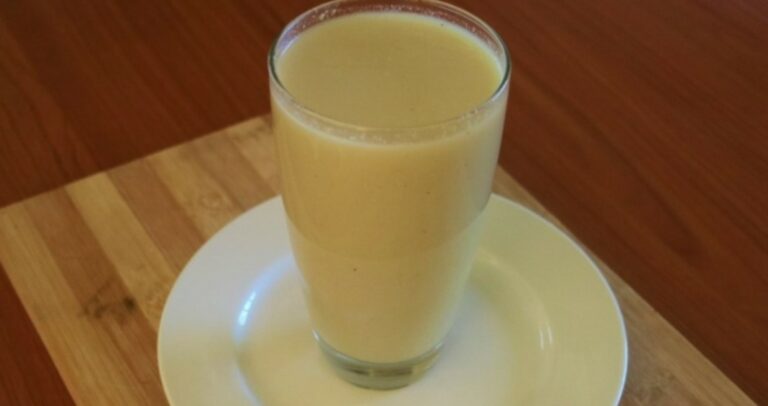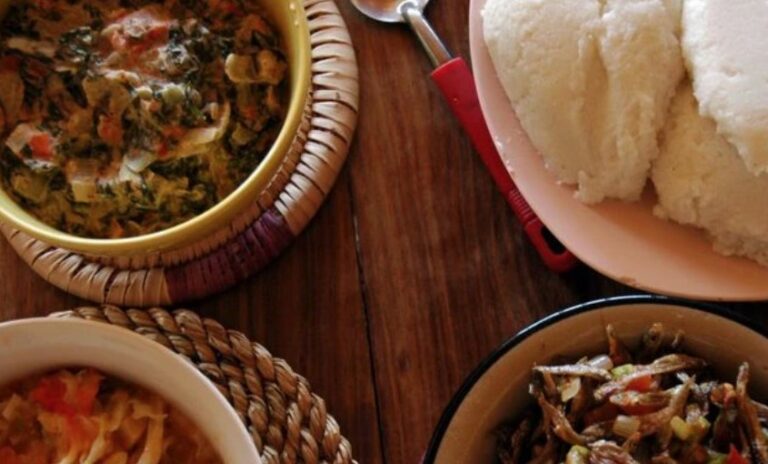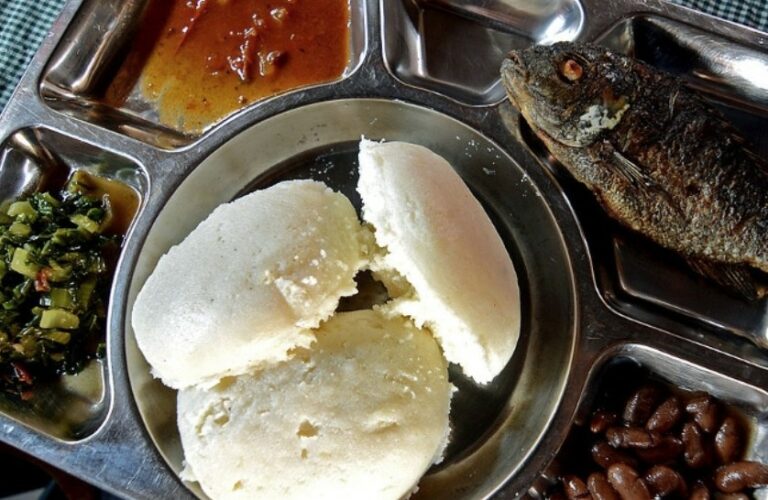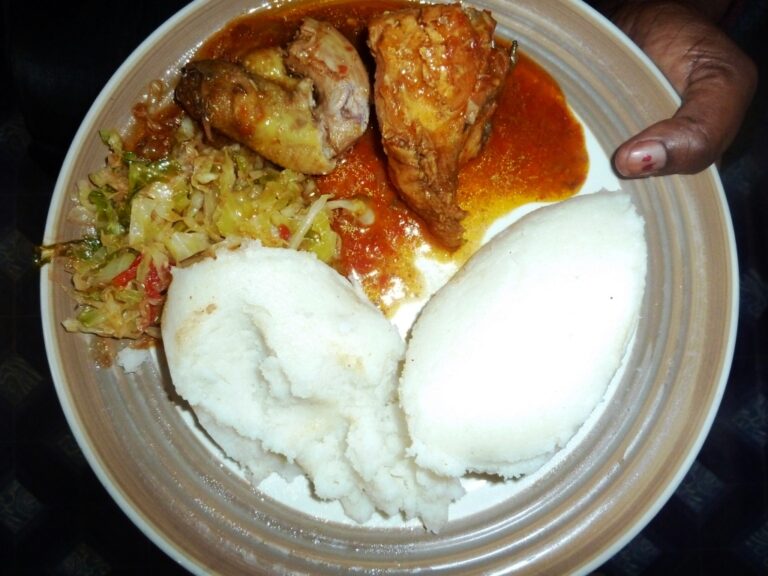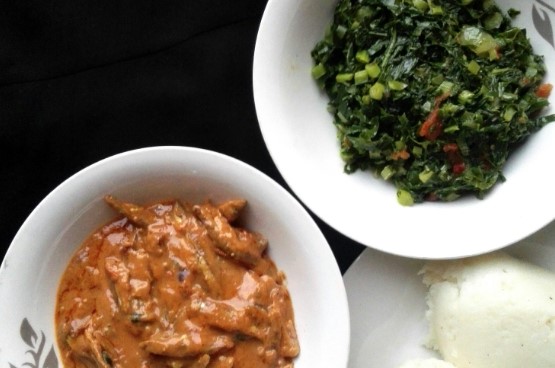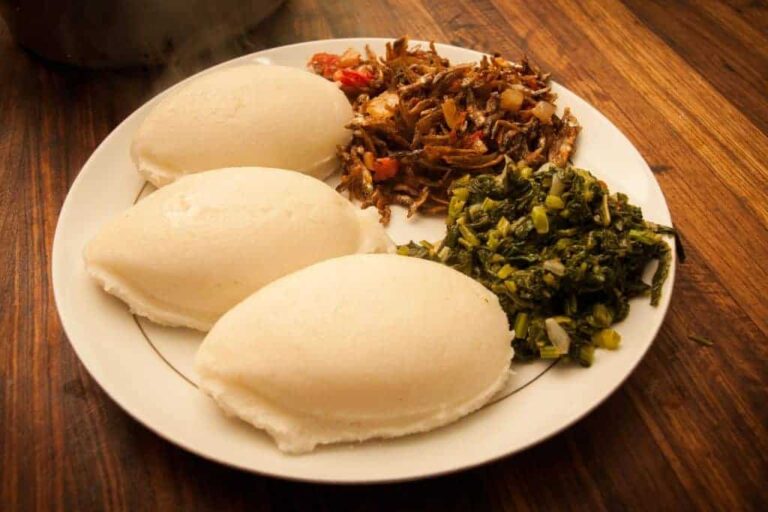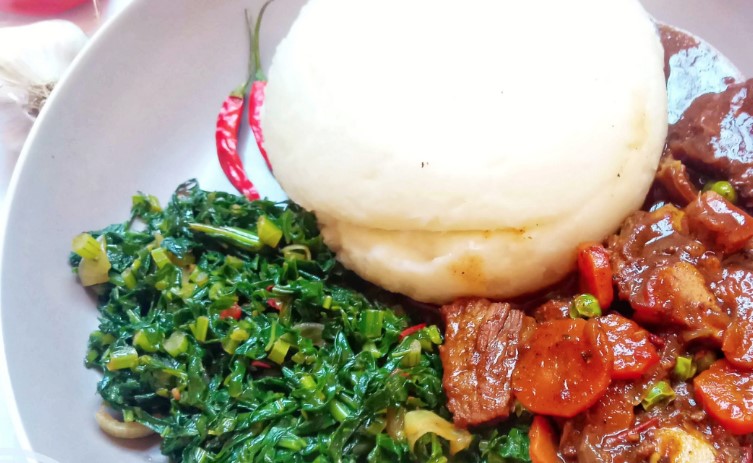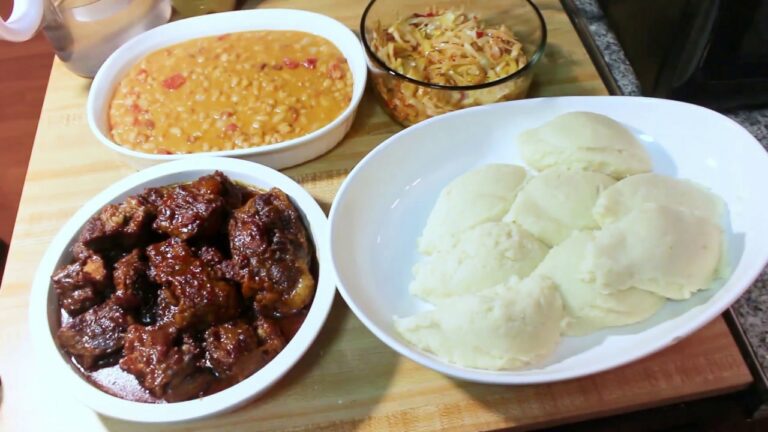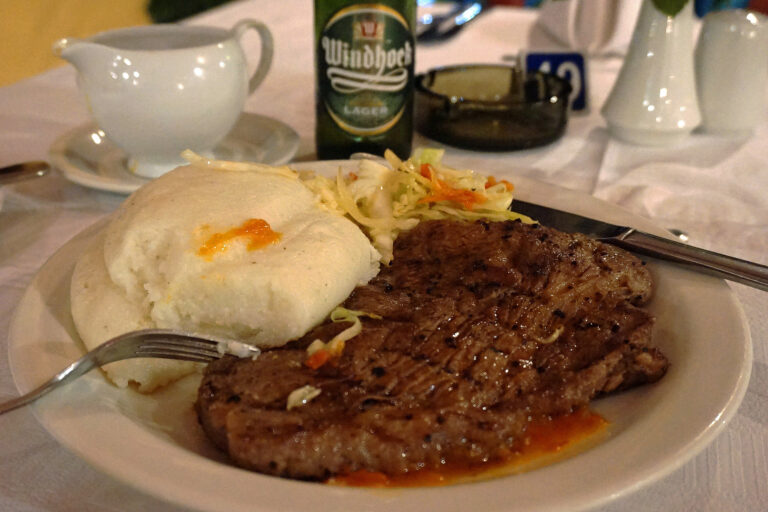Introduction: Exploring the Traditional Beverages of Zambia
Zambia is a country in Southern Africa known for its diverse culture and rich history. One aspect of Zambian culture that often goes unnoticed is its traditional beverages. These beverages have been enjoyed by Zambians for generations and continue to play an important role in daily life. In this article, we will explore some of the most popular traditional beverages of Zambia.
Munkoyo: A Fermented Drink Made from Maize or Sorghum
Munkoyo is a traditional beverage that is made by fermenting either maize or sorghum. The grains are first soaked in water, and then left to ferment for a few days. The resulting drink has a sour taste and is often enjoyed cold. Munkoyo is not only a refreshing drink but also has several health benefits. It is rich in probiotics, which aid digestion and boost the immune system.
Chibwantu: A Sweet-Sour Drink Made from Hibiscus Flowers
Chibwantu is a sweet-sour drink that is made from hibiscus flowers. The flowers are boiled in water and then mixed with sugar to create a sweet and tangy beverage. Chibwantu is a popular drink in Zambia, especially during hot weather. It is also believed to have medicinal properties and is used to treat high blood pressure and other ailments.
Tujilijili: A Popular Home-Brewed Liquor Made from Sugar
Tujilijili is a popular home-brewed liquor that is made from sugar. The process involves fermenting sugar and water for several days. The resulting drink is high in alcohol and is often sold in small sachets on the streets. Tujilijili is not only popular in Zambia but also in other African countries. However, it has been associated with many social problems, including alcoholism and crime.
Chikanda: A Nutritious Drink Made from Ground Nuts and Wild Orchid Tubers
Chikanda is a nutritious drink that is made from ground nuts and wild orchid tubers. The ingredients are ground into a paste and then mixed with water to create a thick, creamy drink. Chikanda is not only delicious but also rich in protein and other nutrients. It is often enjoyed as a snack or meal replacement.
Mukuyu Juice: A Refreshing Beverage Made from Baobab Fruit Pulp
Mukuyu juice is a refreshing beverage that is made from baobab fruit pulp. The fruit pulp is mixed with water and sugar to create a sweet and tangy drink. Mukuyu juice is not only delicious but also high in vitamin C and other nutrients. It is often enjoyed as a refreshing drink during hot weather. Overall, traditional beverages in Zambia are not only tasty but also have several health benefits. They are an important part of Zambian culture and should be celebrated and enjoyed.

